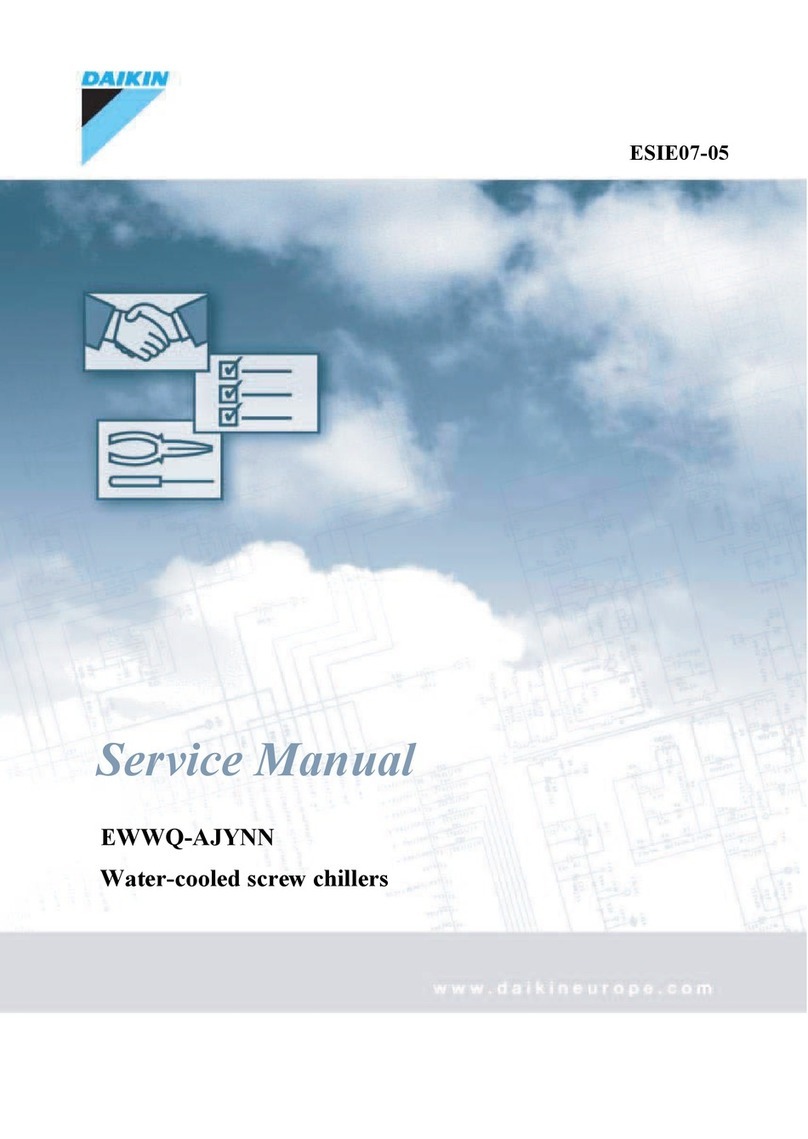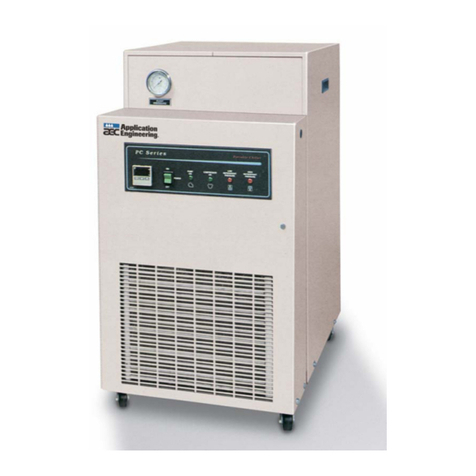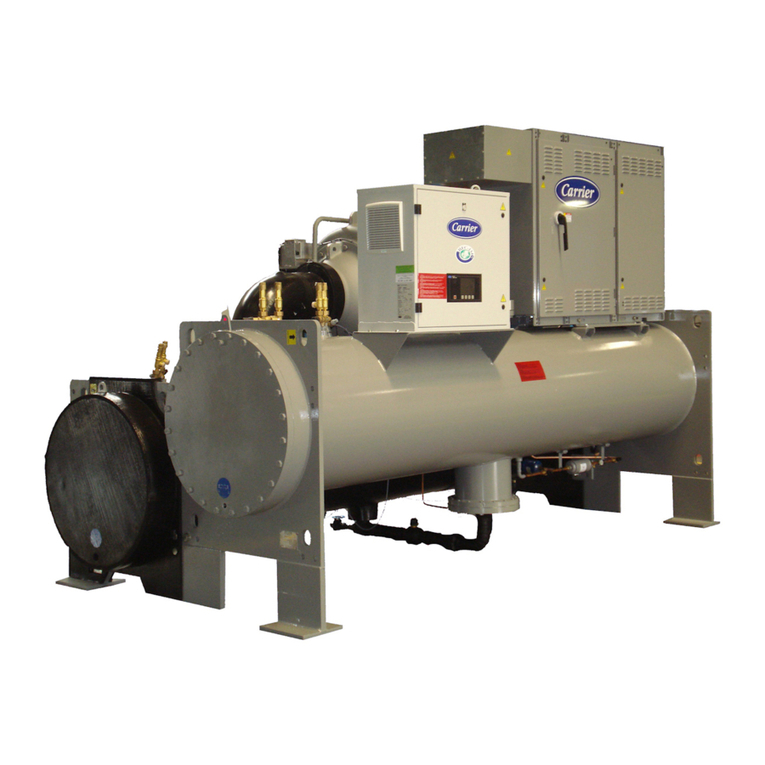2
M&C ADVANTAGES
M&C products and systems are designed to provide long lasting service and reliability. This is the reason why over 5,000 customers
worldwide have confidence in our products and return time and again to provide them with their compliance or process monitoring
solutions.
Our customers benefit from a number of significant competitive advantages:
Competence
• All our activities are aimed at meeting and exceeding the demands and specific interests of our customers.
• We are able to solve even the most complex and challenging of tasks.
• We have custom-made application experiences in many different fields worldwide, based on decades of experience in the German
and international markets.
• We have years of expertise in selecting the best materials and components suitable for our products.
• We understand the complex regulatory requirements and design each of our systems and components to comply with each
associated EPA Performance Specification and applicable regulation.
Product Portfolio
• We offer a broad and comprehensive range of products with a wide variety of configurable options
• Thanks to the modular structure of M&C components, and the variety of materials we can offer, our products can be adapted to all
kinds of customer-specific process conditions and environments.
• Our ‘smart’ products are long-lasting, easy to install, safe and reliable to use. We reduce the operating costs of our products with user-
friendliness and ease of service and maintenance. That’s why we like to call our products ‘smart’.
• We continuously improve our existing products and develop innovative new products in-house.
Customer Focus
• With our efficient and effective organizational structures and processes, we are focused on fast response time and excellent customer
service.
• M&C relies on its experienced, dedicated and professional technical sales representatives and offers a broad spectrum of services
including consulting, training and commissioning worldwide.
• We show a high level of customer focus in our intensive and often collaborative product developments.
• With our flexible and customer-friendly work-time model, we offer a high degree of availability to international customers.
M&C uses powerful and state-of-the-art product management, product documentation and information systems. We have co-operations
with efficient, internationally operating logistics partners. There are no dependencies on suppliers; we ensure rapid delivery times from
our own extensive and well-stocked warehouse.
Talk to us about your special, technical requirements. We are here to help –proficient and well-known - especially when it comes to
delivering custom-made solutions for complex and challenging tasks.
M&C-Embracing Challenge



























